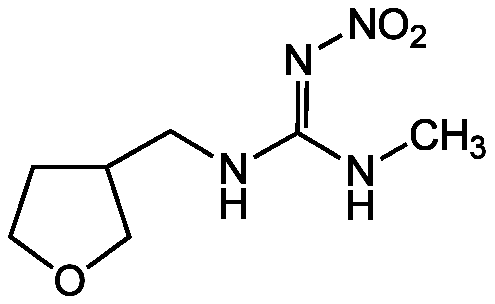Dinotefuran
Product Code:
CDX-D0309
CDX-D0309
Regulatory Status:
RUO
RUO
Shipping:
AMBIENT
AMBIENT
Storage:
-20°C
-20°C
No additional charges, what you see is what you pay! *
| Code | Size | Price |
|---|
| CDX-D0309-M100 | 100 mg | £157.00 |
Quantity:
| CDX-D0309-G001 | 1 g | £1,109.00 |
Quantity:
Prices exclude any Taxes / VAT



